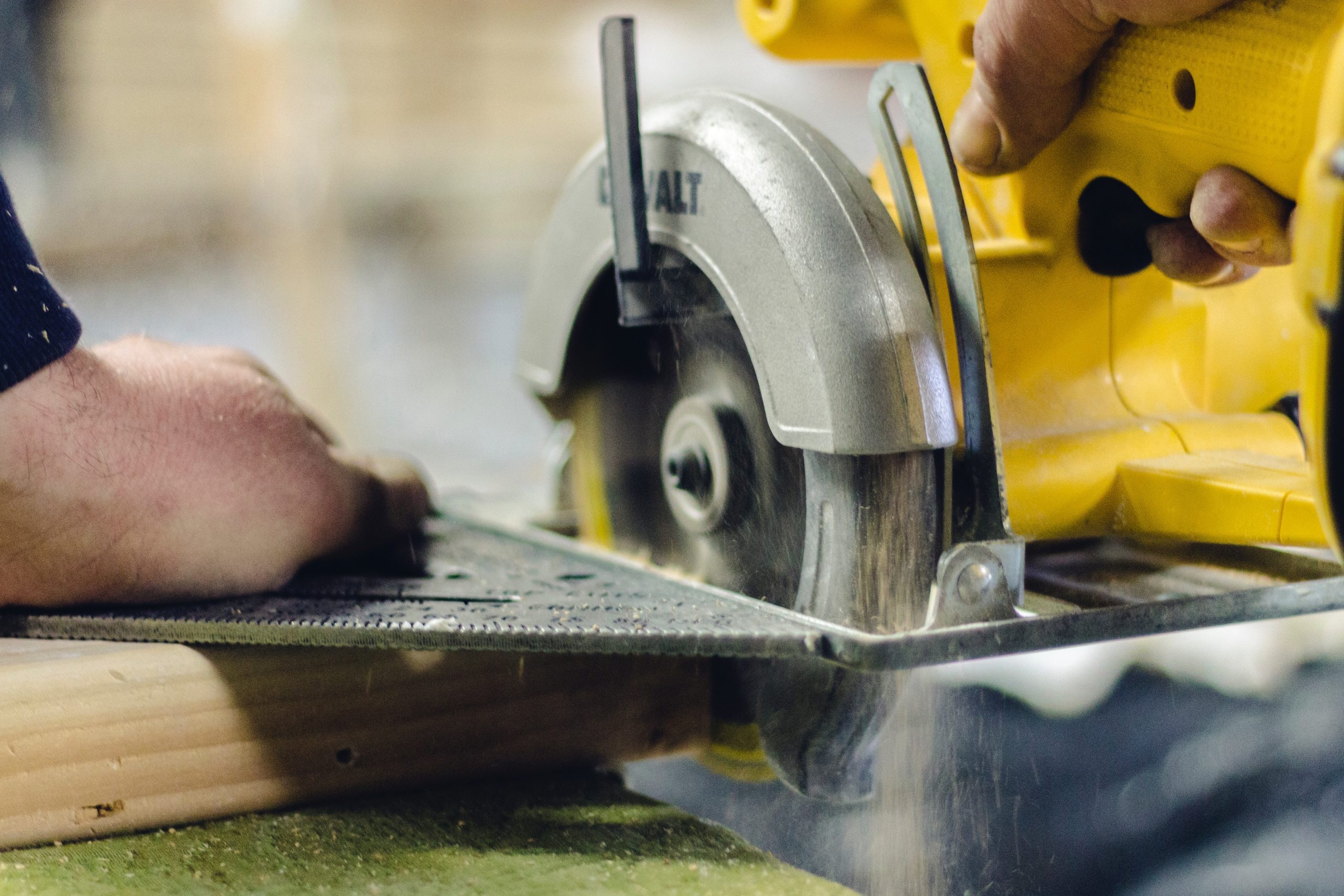Power tools are essential in many industries and for DIY projects. However, they can pose significant risks if used incorrectly or without the necessary safety precautions. It is important to understand the risks associated with power tool use and take appropriate measures to protect yourself and your property.
Precautionary Measures Before Using Power Tools
Before using a power tool, it is important to take certain precautionary measures to ensure your safety. First, inspect the tool for any defects or damages before use. Check the power cord, switches, and moving parts for signs of wear and tear. If the tool is damaged, do not use it and seek repairs or replacement.
Second, read and follow the manufacturer’s instructions for use. Pay attention to warnings and cautions provided in the manual. Make sure you understand how to properly operate the tool and any safety guidelines related to its use.
Third, wear appropriate personal protective equipment (PPE). This includes eye protection, ear protection, gloves, and footwear. PPE can help protect you from flying debris, loud noise, and other hazards associated with power tool use.
Finally, ensure the work area is well-lit and clear of obstacles. Make sure the tool has enough space to move and that the work surface is stable and secure.
Safety Measures While Using Power Tools
While using a power tool, there are several safety measures you should take to prevent injury and damage to property. First, maintain a firm grip on the tool at all times. Keep both hands on the tool and avoid using it with one hand or while holding it in an unstable position.
Second, keep your fingers and other body parts away from moving parts. Avoid reaching around or behind the tool while it is in use. If you need to adjust or remove material from the work area, turn off the tool and unplug it before doing so.
Third, avoid wearing loose clothing or jewelry that may get caught in the tool. Tie back long hair and remove any jewelry that may come into contact with the tool.
Fourth, do not force the tool beyond its capacity. Use the appropriate tool for the job and avoid using the tool in a way that may cause it to overheat or malfunction.
Fifth, do not use power tools in wet or damp environments. Moisture can increase the risk of electrical shock or damage to the tool.
Sixth, use clamps or other stabilizing devices when cutting or drilling materials. This can help prevent the material from moving or shifting during use, reducing the risk of injury or damage to property.
Safety Measures After Using Power Tools
After using a power tool, it is important to take certain measures to ensure your safety and prolong the life of the tool. First, turn off the tool and unplug it from the power source. Do not leave the tool running unattended.
Second, wait for the tool to come to a complete stop before setting it down. This can help prevent the tool from accidentally starting up again.
Third, store the tool in a secure, dry location away from children and pets. This can help prevent accidental injury or damage to the tool.
Finally, inspect the tool for any damage or defects after use. Check the power cord, switches, and moving parts for signs of wear and tear. If the tool is damaged, seek repairs or replacement before using it again.
Conclusion
Power tools are an essential part of many industries and DIY projects. However, they can be dangerous if not used properly. Safety should be your top priority when using power tools. By taking precautionary measures before, during, and after use, you can protect yourself and your property.
Taking the time to inspect your power tools before use, reading and following the manufacturer’s instructions, and wearing appropriate PPE can help prevent accidents and injuries. Keeping your fingers and other body parts away from moving parts, avoiding loose clothing or jewelry, and using the right tool for the job can also help ensure your safety while using power tools.
Additionally, using clamps or other stabilizing devices and avoiding wet or damp environments can help prevent damage to property or injury to yourself. It is important to be aware of the risks associated with each tool and to take the appropriate safety measures for each one.
After use, turning off the tool and unplugging it, waiting for it to come to a complete stop, and storing it in a secure, dry location can help prevent accidents and damage to the tool. Inspecting the tool for any damage or defects before and after use can also help ensure it is safe to use.
In conclusion, by following these safety measures, you can safely and effectively use power tools to complete your projects and tasks. Always take safety seriously and don’t take any risks that could potentially cause harm. With proper precautions, you can ensure that you are able to complete your work safely and effectively. Remember, it only takes a moment of carelessness to cause a serious injury, so make safety a habit and protect yourself and those around you.

